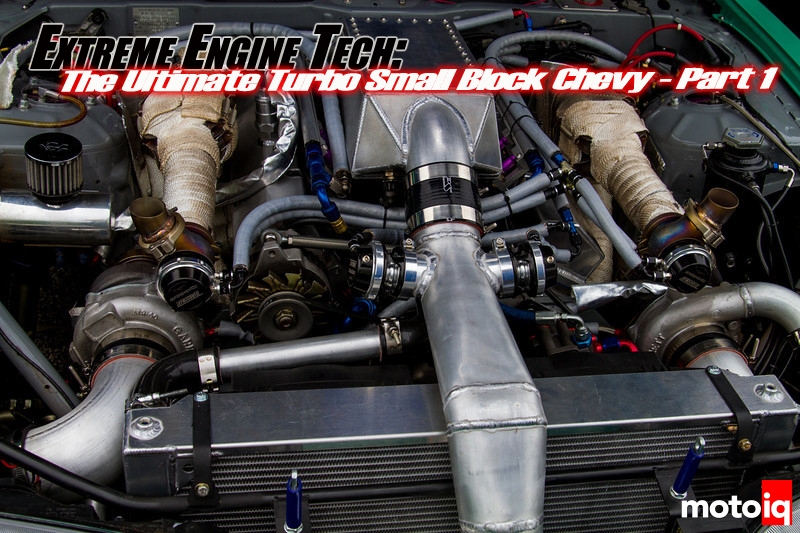,
 Okay, so I used this picture again but I didn’t have another to show how the bores were plateau honed and WPC treated for low friction and long life. It is very difficult and time consuming to prep the block and do a post treatment clean up for WPC treatment so it is pretty expensive. However, the bores are one of the most effective places to apply the WPC process to. You can also see that the Dart Block is an old fashion sand cast piece, not a high tech FEA modeled all cored out and buttressed die cast and lost foam core wonder like the LS. It gets its strength through use of material not engineering trickery. Good thing the block is aluminum.
Okay, so I used this picture again but I didn’t have another to show how the bores were plateau honed and WPC treated for low friction and long life. It is very difficult and time consuming to prep the block and do a post treatment clean up for WPC treatment so it is pretty expensive. However, the bores are one of the most effective places to apply the WPC process to. You can also see that the Dart Block is an old fashion sand cast piece, not a high tech FEA modeled all cored out and buttressed die cast and lost foam core wonder like the LS. It gets its strength through use of material not engineering trickery. Good thing the block is aluminum. These standoffs control the amount of oil that can be retained in the engine’s top end and control the overall vacuum as a dry sump system can easily generate negative crankcase pressure.
These standoffs control the amount of oil that can be retained in the engine’s top end and control the overall vacuum as a dry sump system can easily generate negative crankcase pressure. The crankshaft is a billet piece from Calles. It is made from a proprietary super tough alloy called Para-Pure 4330VM by Timken Corp. The crank has a 3.8″ stoke, Notice that the interior counterweights are thicker to minimize bearing loads while the outer counterweights are thinner to reduce windage losses.
The crankshaft is a billet piece from Calles. It is made from a proprietary super tough alloy called Para-Pure 4330VM by Timken Corp. The crank has a 3.8″ stoke, Notice that the interior counterweights are thicker to minimize bearing loads while the outer counterweights are thinner to reduce windage losses. Notice how little journal overlap there is with this stroke. A high quality crank is mandatory. You definitely don’t want to cheap out and get a crappy Chinese crank for competition use as this is a highly stressed area, hence the exotic steel alloys. The journals and filets are WPC treated for fatigue life improvement and friction reduction. The oil holes have been chamfered as well.
Notice how little journal overlap there is with this stroke. A high quality crank is mandatory. You definitely don’t want to cheap out and get a crappy Chinese crank for competition use as this is a highly stressed area, hence the exotic steel alloys. The journals and filets are WPC treated for fatigue life improvement and friction reduction. The oil holes have been chamfered as well. The crank pins are hollow to reduce reciprocating weight. For a turbo motor solid pins are probably better but we had to use existing parts in inventory and we will be keeping the revs a lot lower that the engine originally spun to, 7500 rpm vs 9000.
The crank pins are hollow to reduce reciprocating weight. For a turbo motor solid pins are probably better but we had to use existing parts in inventory and we will be keeping the revs a lot lower that the engine originally spun to, 7500 rpm vs 9000.


